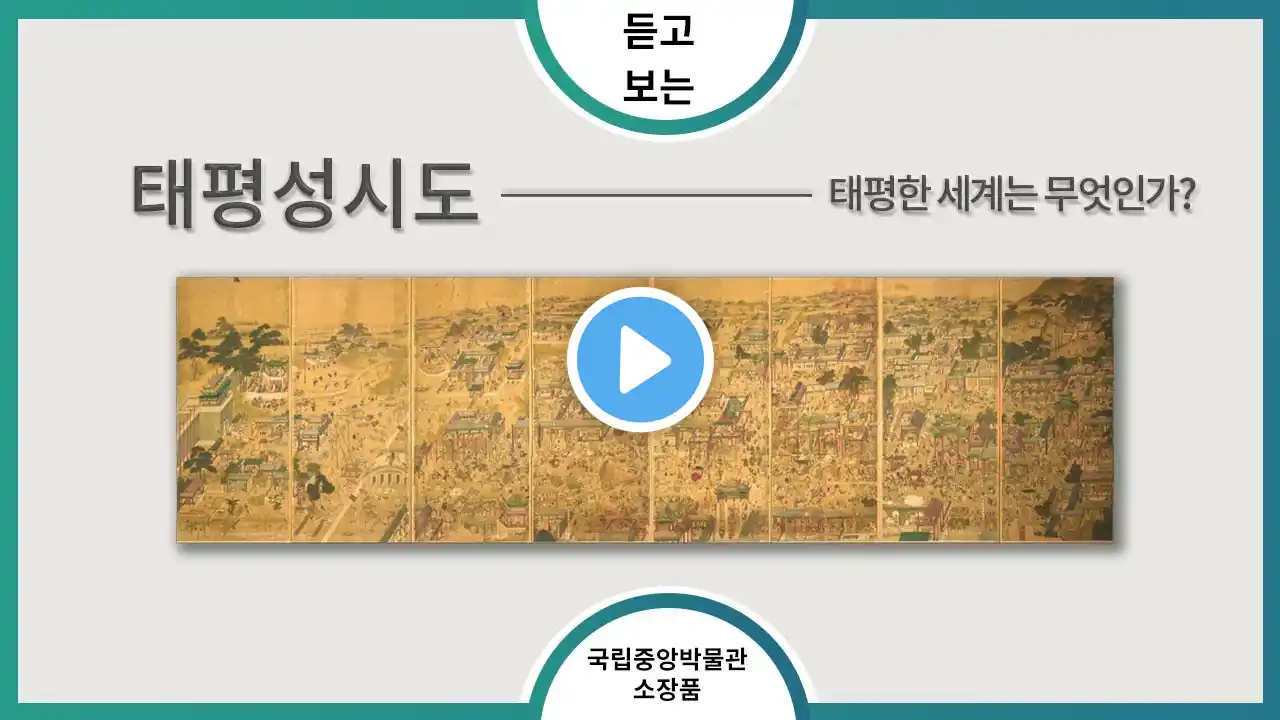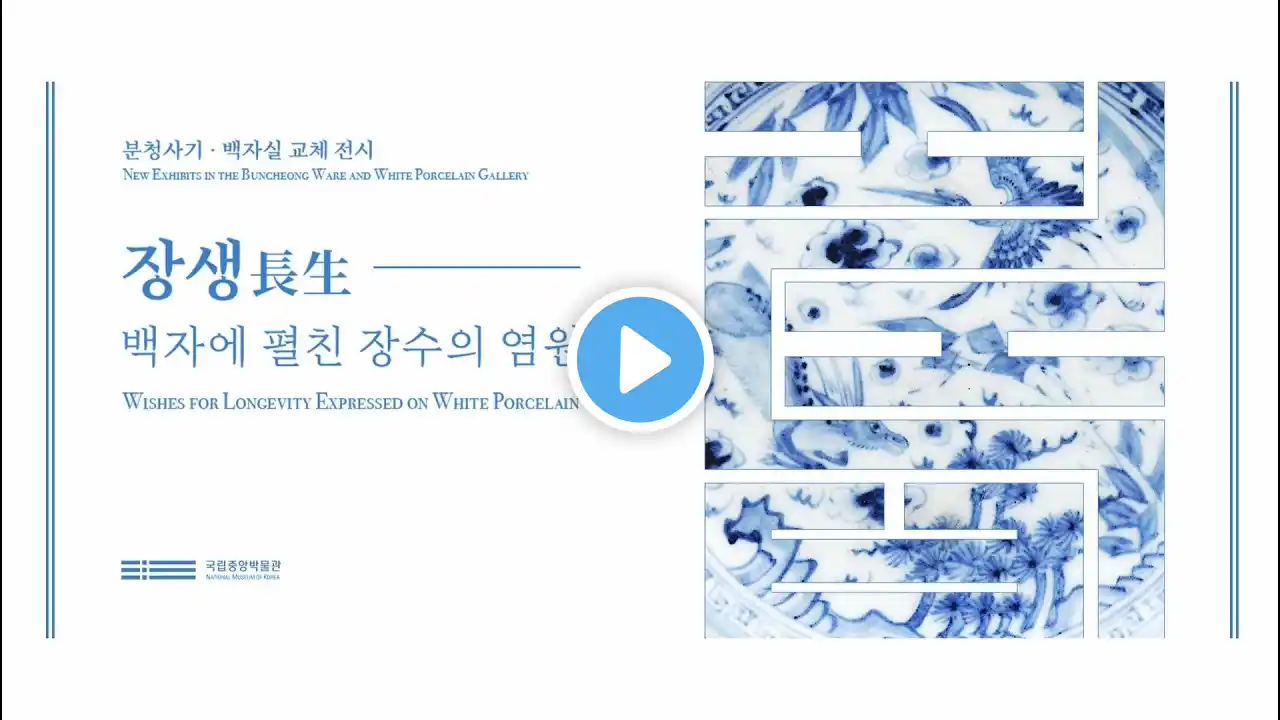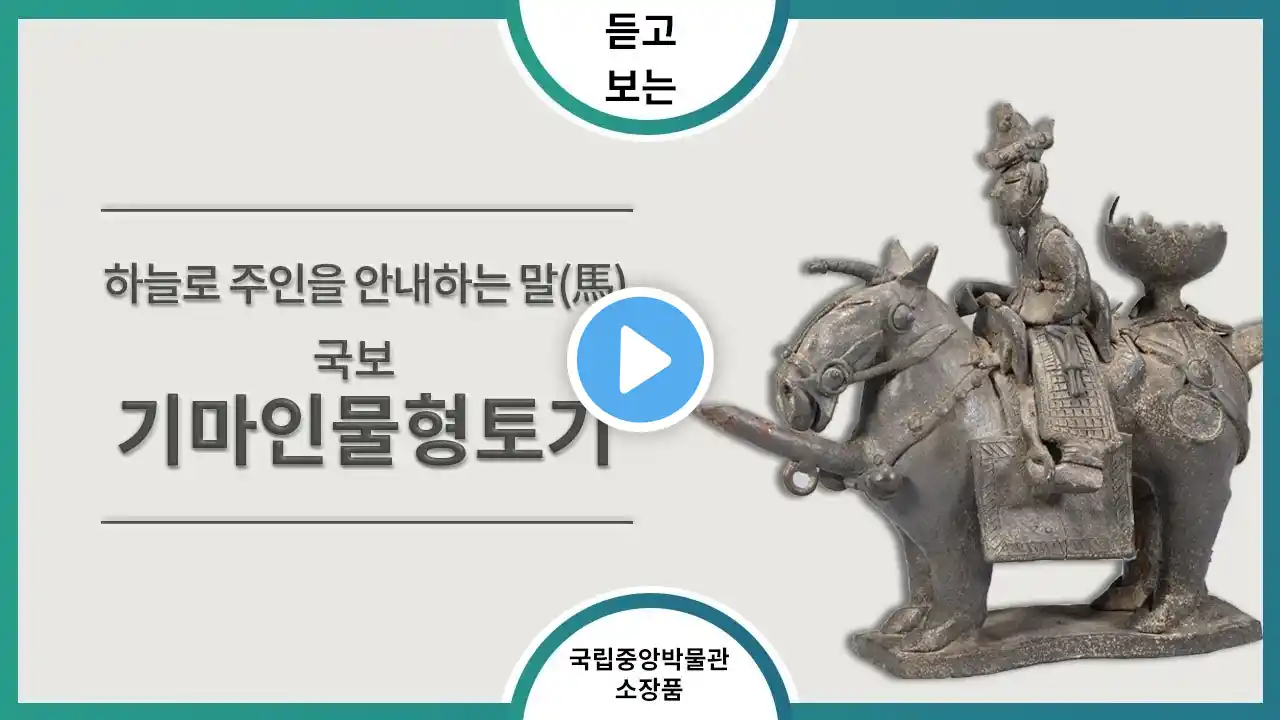![[듣고보는 국립중앙박물관 소장품] 철화분청사기](https://krtube.net/image/FB3V-wjIfIo.webp)
[듣고보는 국립중앙박물관 소장품] 철화분청사기
국립중앙박물관 소장품 이야기 [듣고보는 국립중앙박물관 소장품] 철화분청사기 분청사기는 15세기에서 16세기 전반까지 제작된 조선 전기의 도자기입니다 일제강점기 한국미술사를 연구한 우현 고유섭 선생이 회청색 그릇 표면에 백토를 다양한 기법으로 장식한 도자기의 특징을 살펴서 ‘백토를 분장한 회청색의 사기그릇’이라는 뜻의 학술적 명칭을 부여한 것입니다 분청사기는 태토와 유약 사이의 백토의 효과로 다소 투박한 느낌을 주기도 하지만, 세련된 귀족문화를 상징하는 고려시대 청자나 성리학적 유교 이념에 부합한 조선시대 백자와 달리, 조선시대 기층 도자문화의 특색과 아름다움을 잘 표출한 도자기입니다 #국립중앙박물관 #국립중앙박물관소장품 #철화분청사기 #도자기 #장군 #항아리 #병 #NMK #집에서만나는박물관 #듣고보는국립중앙박물관소장품 National Museum of Korea Collection Stories Buncheong Ware in Underglaze Iron Buncheong ware is a type of pottery produced between the 15th and early 16th century in the early Joseon Dynasty Go Yuseop, a scholar who studied Korean art history during the Japanese colonial period, created the term Buncheong(which means “grayish blue stoneware covered with white clay”) based on its production technique where the surface of a grayish blue vessel is decorated with white clay in a variety of ways The effect produced by placing white clay between the base clay and glaze gives Buncheong ware a sense of roughness Yet, unlike Goryeo celadon that symbolizes sophisticated aristocratic culture and Joseon white porcelain that reflects Neo-Confucian ideology, Buncheong ware showcases the characteristics and beauty of Joseon’s folk pottery culture | 국립중앙박물관 더 알아보기 | 국립중앙박물관 누리집 ☞ 트위터 ☞ 블로그 ☞ 페이스북 ☞ 인스타그램 ☞ 유튜브 ☞ 네이버TV ☞ 오디오클립 ☞


















